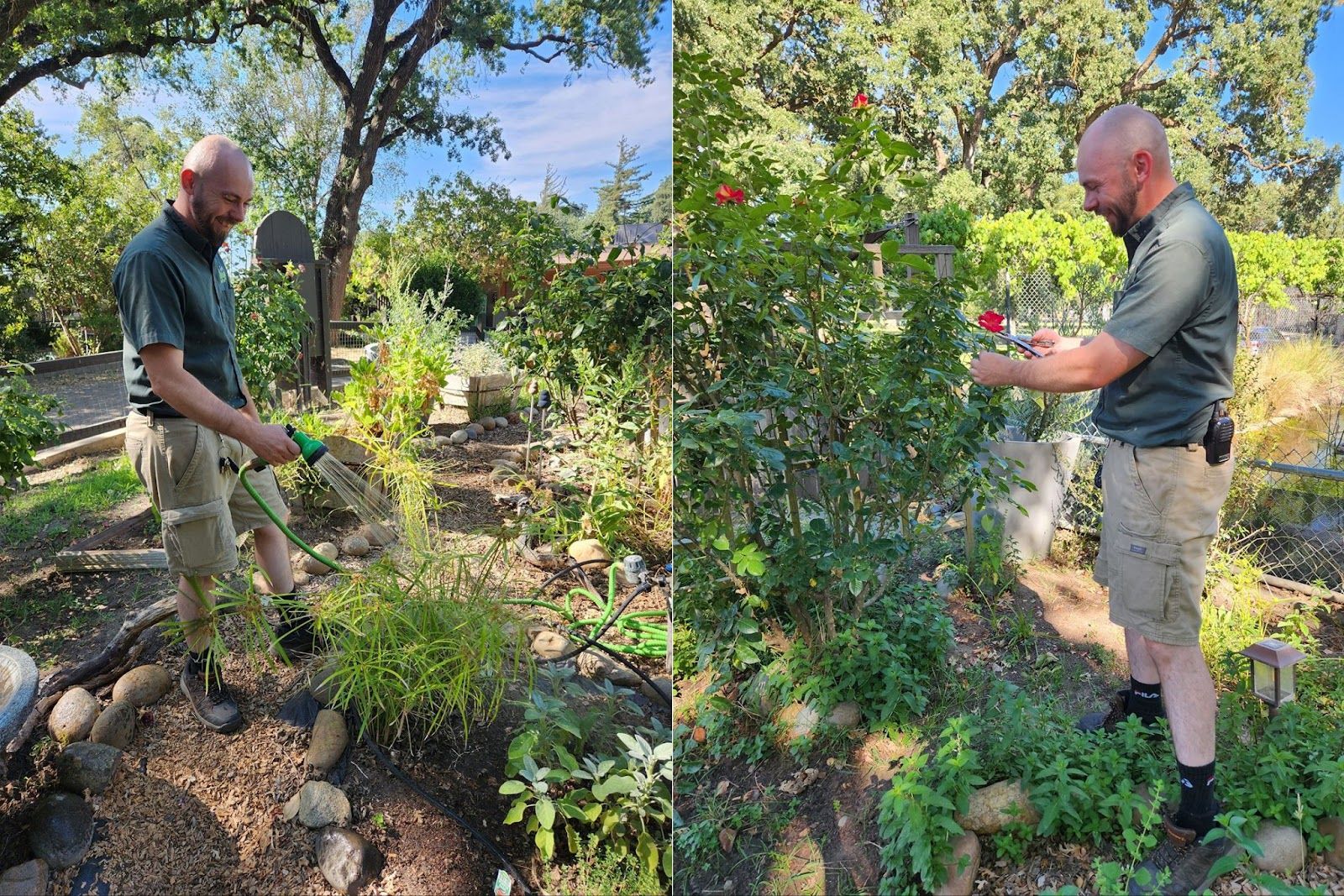From oaks to aviaries: How Micke Grove Zoo’s plant records have grown with Hortis

Micke Grove Zoo is located on five acres tucked away within a beautiful park of oak trees called Micke Grove Park near Lodi in California. The 104-hectare park, with its signature oak trees, was donated to San Joaquin County in the 1930s by William Micke and his family.
The zoo itself was inaugurated in 1957, with a wide animal collection. Today, the zoo’s focus is firmly animal-centric with a team of staff whose duties entail animal management, wildlife conservation, and conservation education.

Managing a diverse and vibrant landscape
The zoo’s landscape includes 100-year-old oak trees, bamboo thickets, a duck pond where the western pond turtles are housed, a Lemur island where lemurs are housed, around which are other animal species from Madagascar and, among other things, an interactive Aviary.
Zoo staff have also created a browse garden where certain vegetables, herbs, leaves, flowers, and fruits that are a part of zoo animal diets, are grown organically. Grapevines are grown at several locations in the zoo for their leaves, which are often given to our ungulates as browse.

Our future conservation initiatives
Since the browse garden has been very successful, Animal Care staff have shown interest in planting additional browse species. We are thus tasked with finding additional locations in the zoo where browse species can be grown and Animal Care staff can access them comfortably.
Simultaneously, Micke Grove Zoo has elected to (1) have a more water-wise, CA native-focused landscape and, (2) contribute to the conservation of the threatened Monarch butterfly by creating monarch butterfly way stations. This entails planting native drought-resistant wildflower species while also creating resting, feeding, and breeding habitats for this threatened species. Also, five species of native bumblebees (Franklin’s, American, Yellow-faced, Western, and Morrison) are categorized as threatened by the World Conservation Union’s red list for threatened species. The zoo has plans to create feeding and breeding habitats for these species as well.
Certain sections of the zoo garden area have been marked out to convert them into pollinator gardens for Monarch butterflies and the five species of threatened bumblebees. Through this project, the Zoo aims to help conserve these species while sharing key information about them with zoo visitors and the local community.

Next steps forward
Before Micke Grove Zoo moves forward with this ambitious plan, the critical work of identifying the zoo’s existing plant population needs to be completed. The Zoo has several pockets of garden space located in between animal exhibits and animal dens, around the Zoo Office, Animal Keeper Office, and the Animal Hospital building, and across the zoo landscape under the old oak trees. Our first task is to identify all the plants growing in these spaces.
Zoo staff have only a rudimentary understanding of botany and are unable to identify most of the plant species growing in the areas mentioned above. In the six months that Micke Grove Zoo has had a Hortis membership, there has been considerable progress.
The functionality of the Hortis software has helped Micke Grove Zoo with the critical task of identifying plants that were historically planted, noting their uses, whether it is invasive, toxic, or native while also mapping their locations.
Our achievements with Hortis
Micke Grove Zoo has found Hortis very user friendly, and training of zoo volunteers to help identify plants and obtain their GPS locations has been conducted without any challenges. Hortis has also helped the Zoo address several critical issues, and has helped boost the confidence of the zoo staff and zoo volunteers. Prior to this, the zoo did not have any existing plant recording system.
With the help of the team at Hortis:
- The zoo was able to identify 60% of the plants/trees growing in the zoo gardens
- Several plants/trees were catalogued as threatened and they have been included in another plant project- for example, Hortis identified that the oaks in Micke Grove Zoo were threatened Valley Oaks and Sierra Live Oaks. Several 6-10’ juvenile Oaks have been identified and earmarked for relocation
- Several invasive/ toxic plants were identified and earmarked for removal - Chinese Privet was found growing over large areas as well as ivy and poison oak and were removed with the help of volunteers. Nightshade was also found growing in some locations and removed
- Several plants of botanical interest were also found and will be revived, maintained, and labelled
- Areas have been identified for starting additional browse gardens
- A comprehensive plant recording system for the Zoo and a plant maintenance and pruning schedule to improve and maintain plant health have been created.
